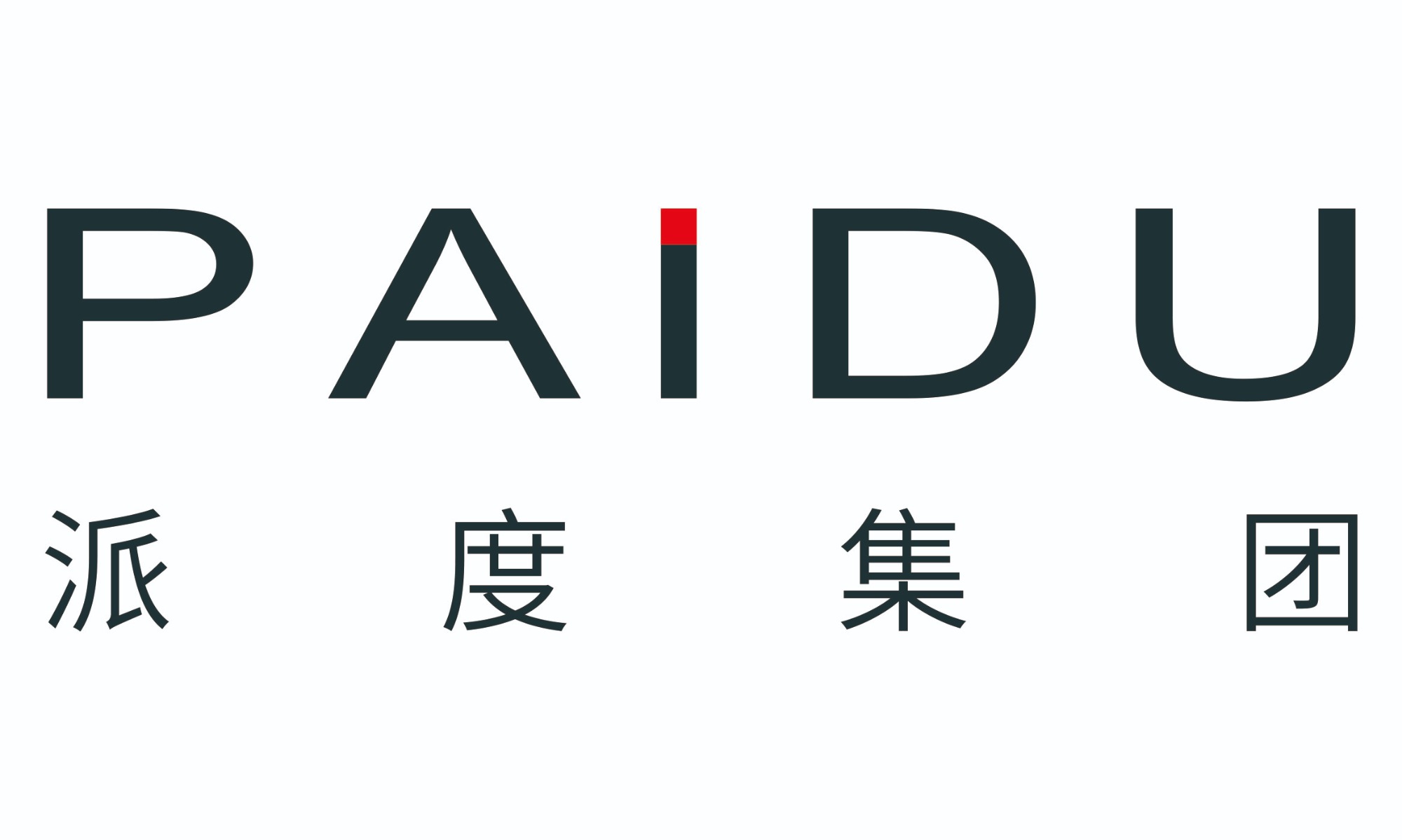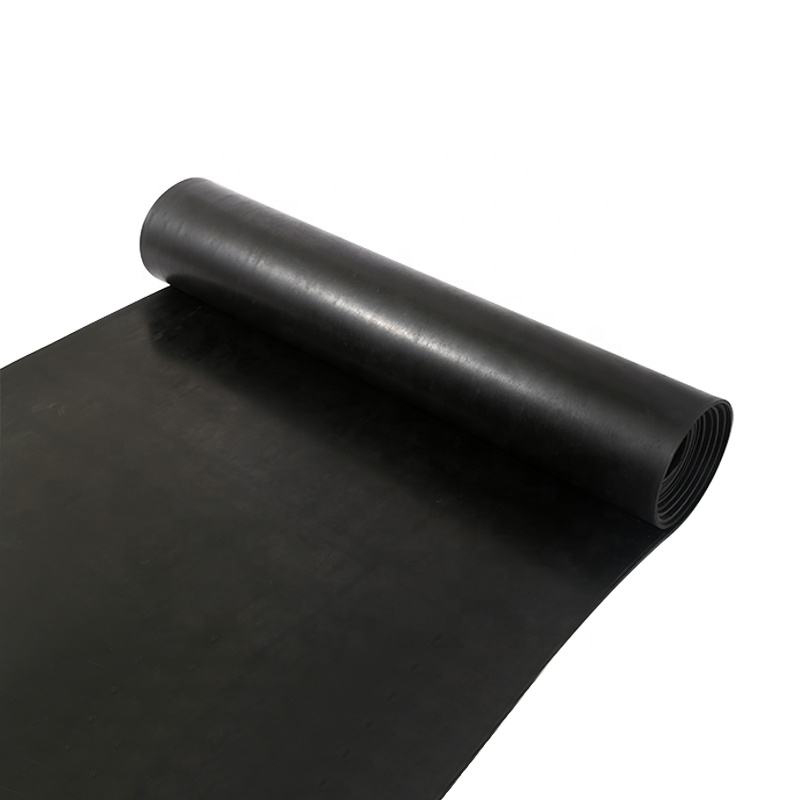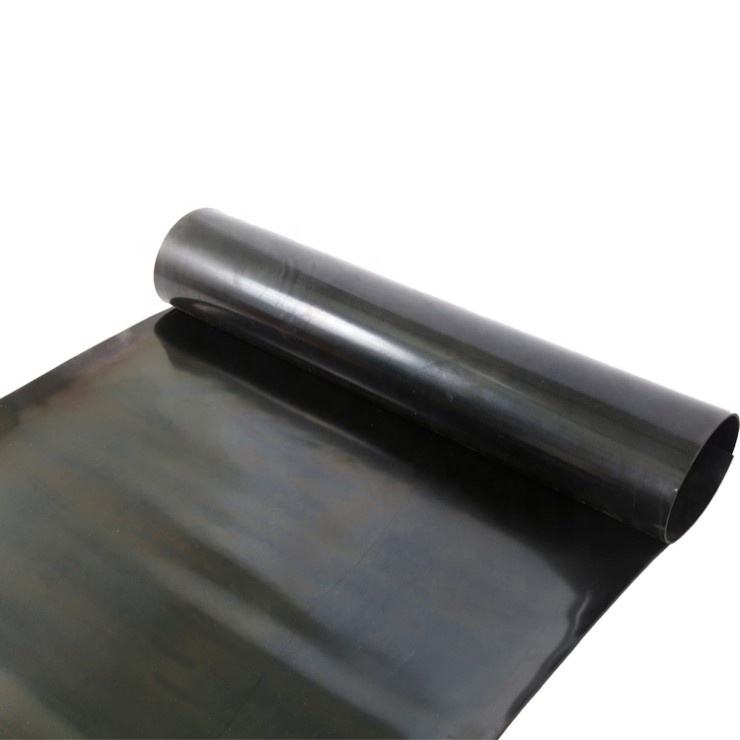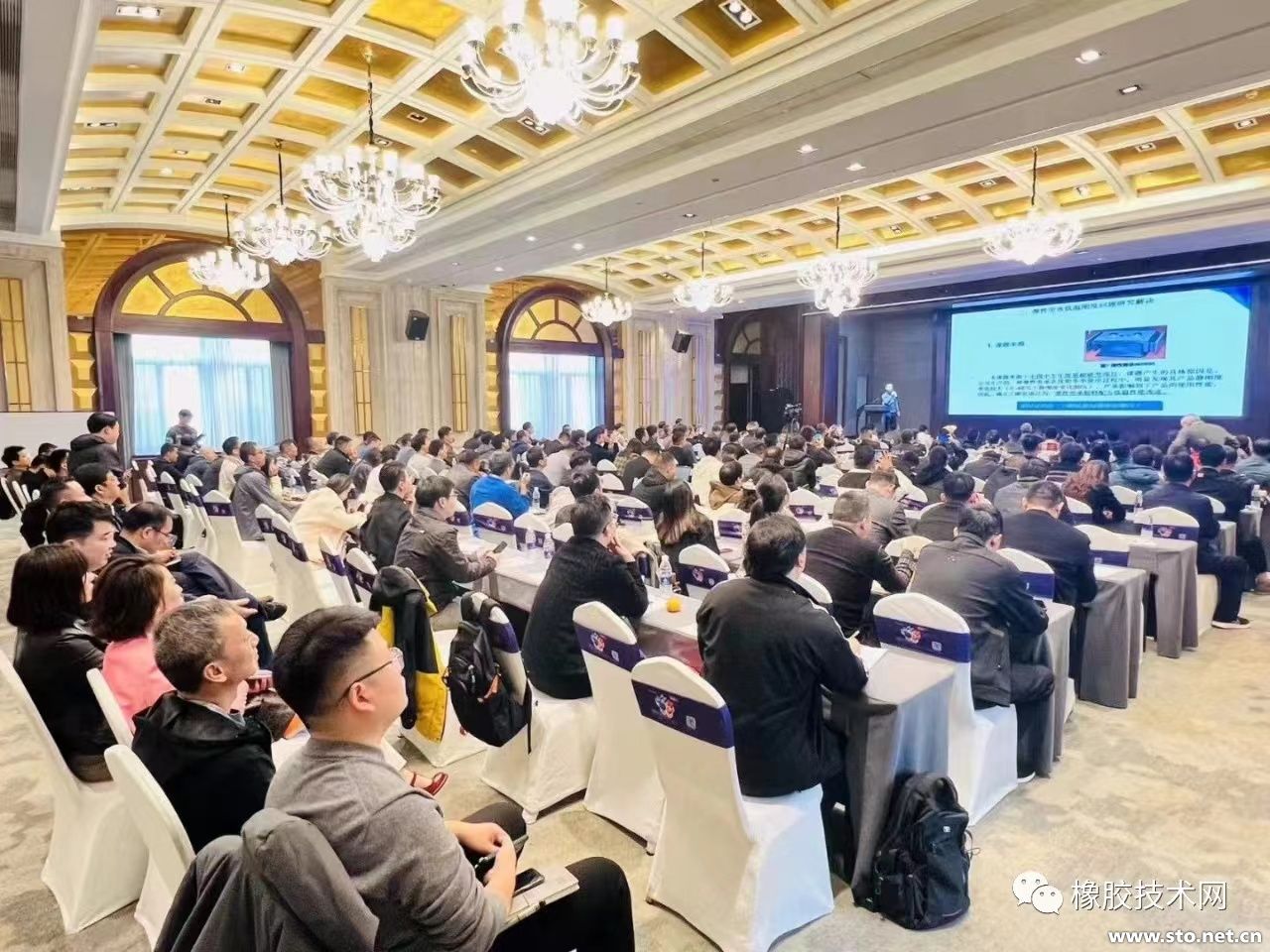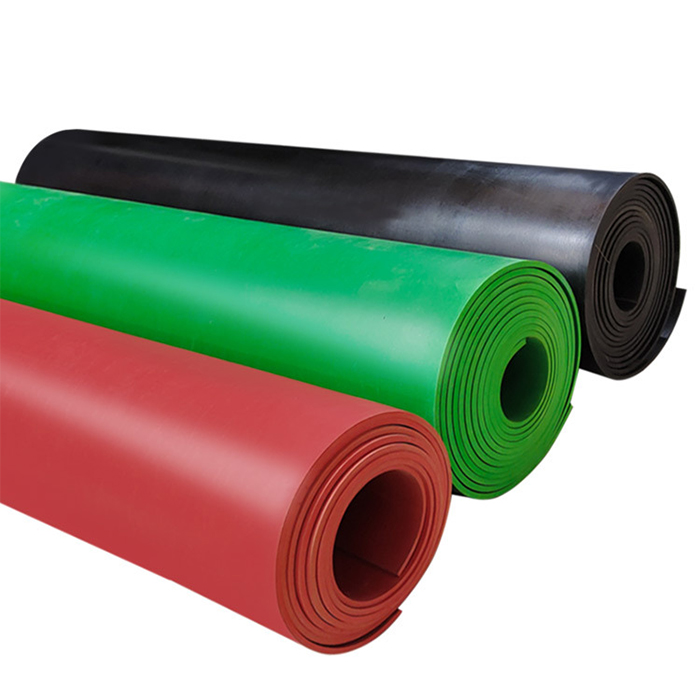Analysis of the development status of China's rubber industry
Analysis of the development status of China's rubber industry:
In 2023, the global supply and demand of natural rubber decreased, the inventory changed little, and the center of gravity of natural rubber futures was basically stable compared with the same period last year. At present, global demand for natural rubber is weak, and China's demand in 2023 has a certain positive growth due to a low base in 2022, but the rest of the world is negative growth. 2024
Because China's base has returned to normal, it is difficult to continue to grow significantly year-on-year. Overseas, the European economy is difficult to effectively boost in the context of the energy crisis, the risk of recession in the United States can not be underestimated, and global demand may continue to negative growth in 2023. On the supply side, as the production of emerging areas in Africa continues to be released in large numbers, more than 60% of the gum trees in traditional areas in Asia are less than 20 years old, and the potential for increasing production is still large, and the current rich profit of rubber cutting will also stimulate subsequent production growth. Under normal weather conditions, global natural rubber production will not decline, but may increase. Although the fundamentals are not ideal, the absolute price of natural rubber is indeed low, and the deep decline is more difficult. In 2024, natural rubber will still maintain a low wide oscillation, and it is necessary to pay attention to the impact of weather and other factors.
At present, there are several problems in the rubber industry: first, the industry is large but not strong, and overcapacity. Second, the capacity utilization rate is generally lower than the world average. Third, some rubber devices have small production capacity, lack of scale, and low-end products are seriously homogenized, and high-end products are still dependent on imports, such as isoprene rubber, dissolved polystyrene butadiene rubber, brominated butyl rubber, hydrogenated nitrile butadiene rubber.
There are three development directions for the rubber industry in the future: First, with the continuous production of new production capacity, the industry overcapacity situation will be intensified, which may force the industry to integration, centralization and large-scale development, and enhance the competitiveness of enterprises. Some highly homogenous, small and backward capacity may be optimized. Second, with the improvement of people's quality of life and the improvement of production technology, the downstream tire and rubber products are generally transformed into high-performance raw material demand. Third, in the context of growing production capacity, Chinese enterprises will actively explore the international market for export, and the application rate of domestic products will continue to increase.
China and global rubber production:
ANRPC releases 2023 report: Global natural rubber production increased by 6.5% year-on-year. ANRPC's December 2023 report predicts that global natural rubber production is expected to increase by 9.1% to 1.522 million tons in December, down 3.4% from the previous month; Natural rubber consumption is expected to fall 3.2% to 1.247 million tons, down 4.4% from the previous month.
In 2023, global natural rubber production is expected to increase by 6.5% year-on-year to 15.141 million tons. Among them, Thailand increased by 2.5 percent, Indonesia increased by 17.4 percent, China decreased by 3.1 percent, India increased by 3.8 percent, Vietnam increased by 4.1 percent, Malaysia decreased by 9.8 percent, Cote d 'Ivoire increased by 16.5 percent and other countries increased by 5 percent.
In 2023, global consumption of natural rubber is expected to fall 0.5% year-on-year to 15.501 million tons. Among them, China increased by 3.8%, India increased by 5.7%, Thailand increased by 16.2%, Indonesia increased by 3%, Malaysia decreased by 22.3%, Vietnam increased by 0.2%, the EU decreased by 6.4%, the United States decreased by 9.9%, Japan decreased by 1.5%, and other countries decreased by 18.2%.
In recent years, the import volume of natural rubber, carbon black and synthetic rubber exports have maintained a continuous growth trend, and have reached a record high in 2023.
The import volume of natural rubber has maintained continuous growth, on the one hand, the active non-standard arbitrage trade has attracted a large number of mixed rubber imports; On the other hand, China's tire export performance Changhong supported the import of standard rubber. The increase of carbon black imports has been amplified, mainly reflected in the past two years. The domestic carbon black price is affected by the rise in the price of raw material high-temperature coal tar to maintain a high level, giving foreign low-cost sources of goods to enter the Chinese market.
The continuous growth of synthetic rubber exports is mainly due to the expansion of domestic equipment in recent years, the overall supply tends to be relaxed, and the pattern of oversupply is gradually severe, some enterprises to open up overseas markets to ease domestic sales pressure, especially styrene butadiene rubber, butadiene rubber, butyl rubber export volume increased significantly. With the continuous expansion of domestic synthetic rubber production capacity, such exports will continue to grow year by year or maintain the current relatively high trend.
In the next few years, the rubber industry is still in a period of rapid expansion, and the growth rate will slow down after 5 years, and gradually enter the release period of existing capacity. For industrial profits, with the gradual release of supply after the peak of expansion, the overall supply of the industry is more relaxed, and although the demand side continues to grow, the growth rate may be slower than in recent years and is weaker than the supply growth rate, the overall supply pattern of the industry is stronger than the demand is more prominent, and the industry profits may be further compressed, and the investment and construction of new devices are also reversed.
